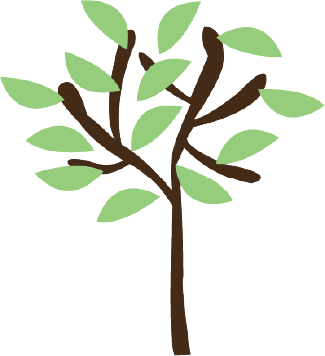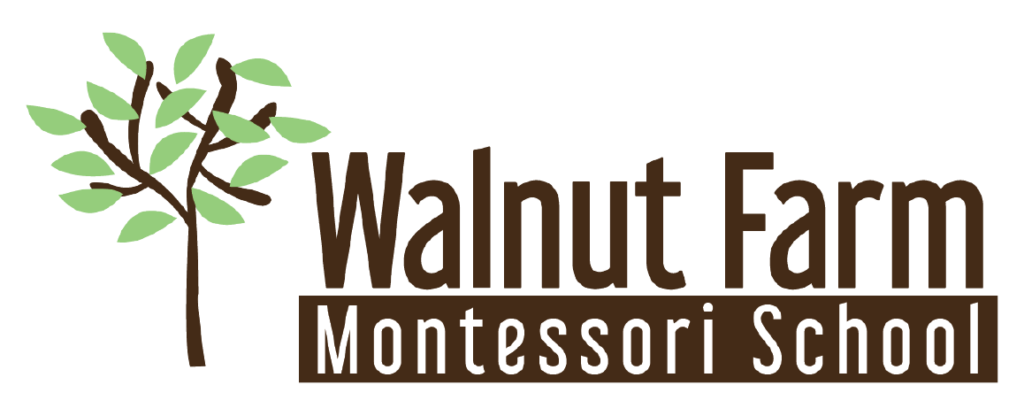Science in the Elementary Classroom
Maria Montessori said, “Our experience with children in elementary schools has shown us that the age between six and twelve years is a period of life during which the elements of all sciences should be given. It is a period that, psychologically, is especially sensitive and might be called the “sensitive period of culture” during which the abstract plane of the human mind is organized.” Over the past semester, we have been studying South America. We have used this as an “anchor” for other lessons in the classroom, including geography, science, art, and cultural studies. It is beautiful to see the children’s engagement and enthusiasm in the lessons. Maria Montessori also said, “The secret of good teaching is to regard the child’s intelligence as a fertile field in which we can sow the seeds of learning.” While teachers are there to present lessons and guide children’s learning, it is beautiful to see how this learning manifests in each child. Here are the seeds that have been sowed in the Lower Elementary classroom.
Culture
Our continent study of South America has acted like an anchor for our studies this semester. We have also mainly focused on Rainforests. We have discussed the layers of the rainforest and the animals and people that abide there. This has lead to conversations of ways to conserve the rainforest and the plants and foods that we get from the rainforest.
Geography
Our studies of the rainforest lead us into lessons on water molecules and the water cycle. Children have studied how water molecules behave in different temperatures. They have also learned how precipitation occurs, especially in the rainforest. Other geography studies also include volcanoes, earthquakes, and rocks.
Living World
Botany and plant studies have been part of our living world studies this semester. We have been learning about different plants, trees, and fruits that abide in the rainforest. Parts of the plant and plant experiments have been integrated into our studies as well. The rainforest is abundant with animals as well. Children have chosen rainforest animals to research and report on for the end of the year.
Art
The last weeks of school, children will be using art to decorate our classroom like a rainforest! We created cardboard rainforest animals using multimedia. We will also be creating vines, trees, and plants to transform our classroom into the Amazon! Ms. Emily Neal has volunteered to come teach the children about different South American artists, ranging from Frida Kahlo to Jean-Michel Basquiat!
In the Upper Elementary classroom, our fourth-year students have been building a strong community through lessons, activities, and experiences. Our trip to ONSC brought us together in a bigger community; one of the very important opportunities afforded by “going-out” trips. Some of our lessons throughout the semester have also connected to the South America study.
Biology
Fourth-years dug deep into some of the five kingdoms this semester, earning microscope licenses while studying viruses and bacteria. Children have learned about viral reproduction, studied particular viruses, presented oral reports, and created physical examples of viruses. We have also created the main bacteria shapes from clay, eaten foods that are made with bacteria in the process, and studied the way that bacterial reproduces. We have begun to look at fungi as well, which is reinforced by our study of the rainforest as well as our gained knowledge from science camp!
History
Our big work in history and cultural curriculum has been the many comparison lessons leading up to the timeline of early humans. This study takes an investigative approach to understanding the characteristics and adaptations of different primates over time. Students have also learned many new key vocabulary terms that will help them to describe the work they are doing.
Geography
Our South America study has crossed into math, reading, writing, history, science, and geography. This semester we have studied South American maps as we learned advanced map studies. Students have started to create their own maps of various types including topographical maps, map projections, political maps, and physical maps.
Physical Science
Children have been learning about different properties of matter, beginning with understanding the differences between matter and energy. With this knowledge, we explored the properties and conditions that make the Earth habitable. That sparked curiosity about the potential of life elsewhere. We ended the semester learning about scientific advancements over time, particularly in the field of rocketry. Studying thrust was an exciting lead-in to those enjoyable lessons!

